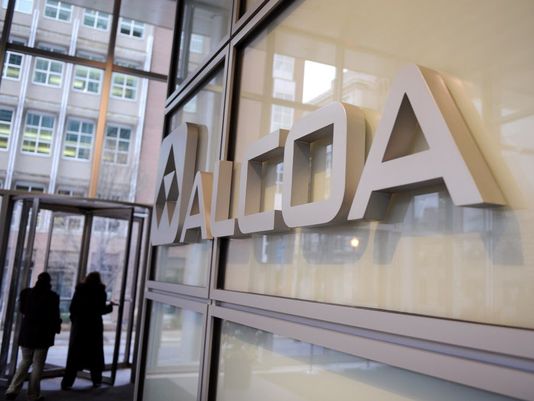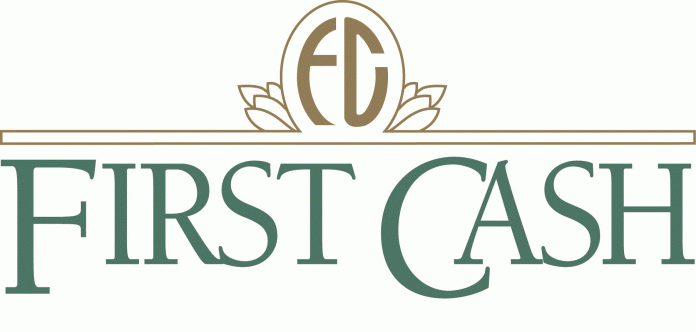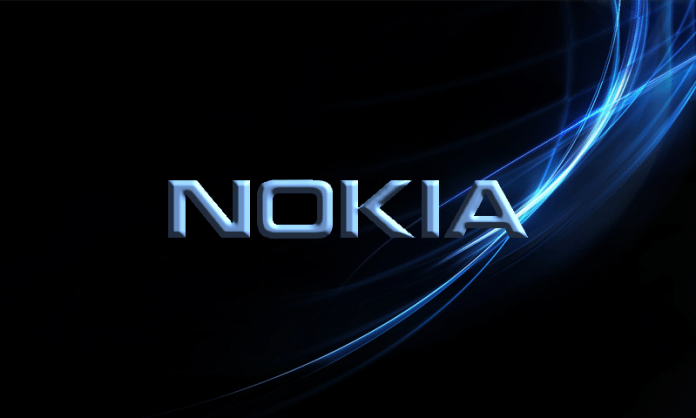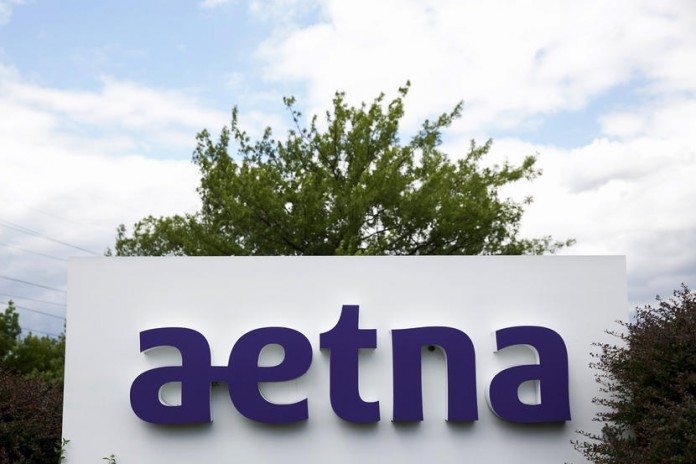It’s been a pretty strange start to the month in biotech. Companies with seeming upside catalysts have sold off, and institutional money is pouring into stocks that wider markets have hammered over the last few months. Of course, this latter situation might just be the smart money doing its thing – picking up discounted exposures in the wake of wider market weakness. Here are two companies that fall into these categories so far this week.
Click Here For More Market Exclusive Updates & Analysis
Aquinox Pharmaceuticals Inc. (NASDAQ:AQXP)
Small cap biotech investors will likely already know this company. In August last year, and based on the release of some promising phase II data in a bladder pain trial, it’s stock rocketed from just shy of $2 a share to intraday highs of $56, then collapsed to $18 at close. Since then, it’s gradually trended back down towards it’s pre-rally levels, and in line with the rest of the biotech space (and wider markets), lost nearly 40% of its market capitalization during the first few weeks of the year.
As January drew to a close, however, Aquinox volume picked up as the company released the minutes from a December meeting with the FDA to discuss the protocol of a pivotal trial for its lead – AQX-1125 – and it came to light that multi billion-dollar healthcare hedge fund Baker Brothers Advisors had built on their exposure to the company. The fund’s holding now sits at close to 45% of Aquinox’s outstanding shares, or 7.28 million shares.
The FDA meeting minutes were mixed as far as sentiment is concerned. The press release announcing them contained a lot of jargon, but essentially it says that the company is still figuring out how best to conduct the trial. It wants to weight it towards men, but this brings complications from a data collection perspective, so the FDA has stated it may require an expanded trial, or additional phase II data. This could be expensive, and could drag out any potential approval timeframe. With a little over $109 million cash on its balance sheet, an expanded trial (and the cost associated with it) likely wouldn’t be an issue, but it just means a position in the company would be more of a long hold than a short term speculative allocation. For Julian and Felix Baker, this doesn’t look to be an issue. For the average investor, however, it may not be so attractive.
Neos Therapeutics, Inc. (NASDAQ:NEOS)
It seems that every few weeks we return to Neos. The company will open Tuesday’s session at $10.88 – a 20% decline on it’s week open and a 25% discount to it’s 2015 close. The decline comes despite Neos announcing just last week that the FDA had approved its lead clinical candidate, Adzenys XR-ODT, for an ADHD indication in children six years and above. The approval opens up a market that analysts expect will reach $7.1 billion by 2017, and currently contains some household name therapies, such as Novartis AG (NYSE:NVS) Ritalin. It’s an extended release treatment, the only one of its kind in the space, meaning it has the advantage of reduced dosing frequency requirements over current SOC, which will bolster Neos’ sales pitch when it sets its team loose on US physicians (commercialization expected sometime during the second quarter of this year).
So why the decline? Well, the company is strapped for cash, and loses nearly $10 million a quarter on practically non existent revenues (circa $200,000 at last count). In order to fund the commercialization of its ADHD drug, it needs to raise money, and is doing so through a just-announced secondary offering. We don’t yet know how much Neos will price its offering at, but we know the company is targeting a $69 million draw, which will likely dilute the holdings of current investors.
This paints Neos as a bit of a conundrum from a value perspective. On one hand, the company is trading at a discount to historic prices and just got an approval for a unique drug in a huge market.
On the other, it’s got a lot of work to do if it is to successfully launch the drug, and even more before it can sure up its bottom line, and work is costly. The takeaway? One to watch, but warily.














